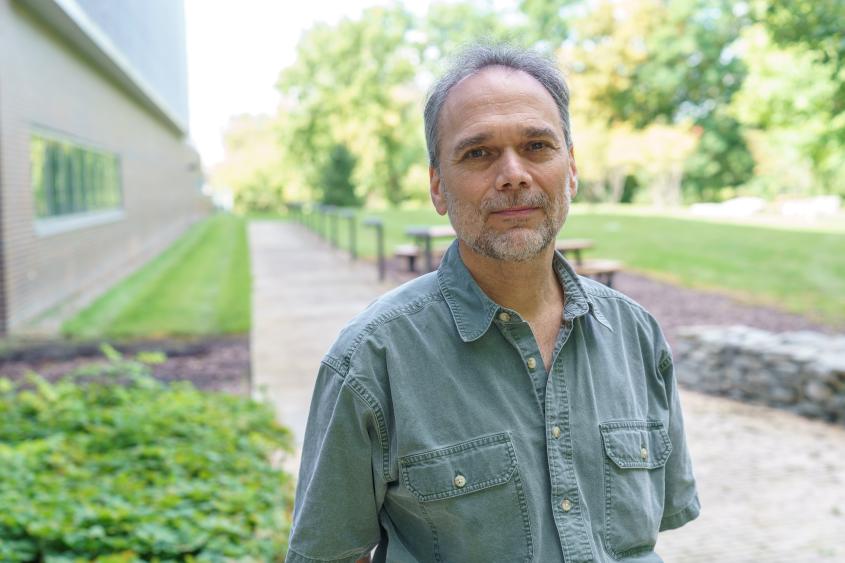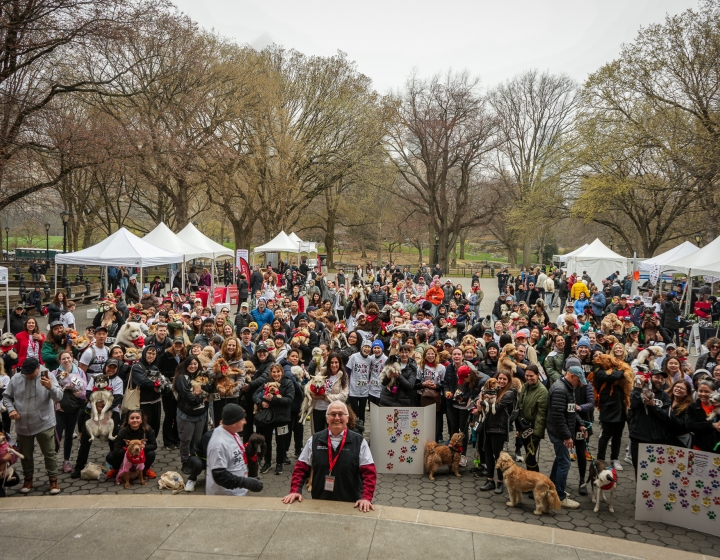Steven A. Osofsky featured on Cornell Research
In the early 1990s, Steven A. Osofsky, Population Medicine and Diagnostic Sciences, was a young wildlife veterinarian recently graduated from Cornell and headed for southern Africa. One of the first things he noticed when he got there were the thousands of miles of fences covering the land. They were there to keep domestic beef cattle separated from wild buffalo because buffalo carry the virus for foot and mouth disease (FMD), which can sicken cattle and cause trade embargoes on beef from affected countries.
The fences also cut across the ancient migratory routes of the region’s historically vast ungulate herds, with devastating consequences.
“Hundreds of thousands, if not millions, of animals have died along these fences since the 1950’s because they couldn’t get access to seasonal grazing and fresh water,” Osofsky says. There was intense conflict between the livestock and wildlife sectors, and as Botswana’s first official wildlife veterinarian, Osofsky saw it firsthand.
“Botswana is one of the last great places on earth for free-ranging wildlife,” he says. “But fences are a barrier to the habitat connectivity these species evolved with over millennia, and they’ve significantly impacted the region’s wildlife. I’ve spent a lot of time since the 1990s thinking about this land-use conundrum, wherein two sectors have been seen as impacting each other in such dramatically negative ways.”
Click here to be redirected to the Cornell Research website to read the rest of the story.
by Jackie Swift





